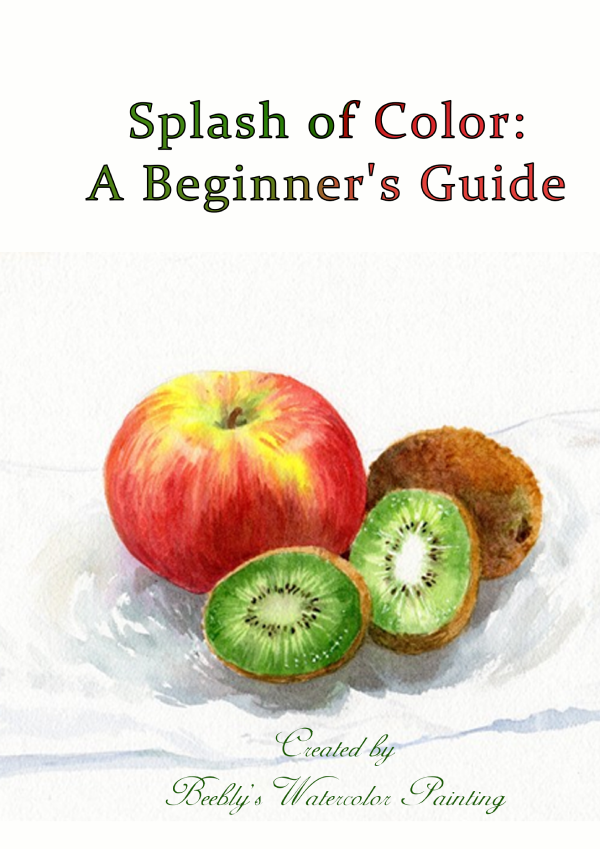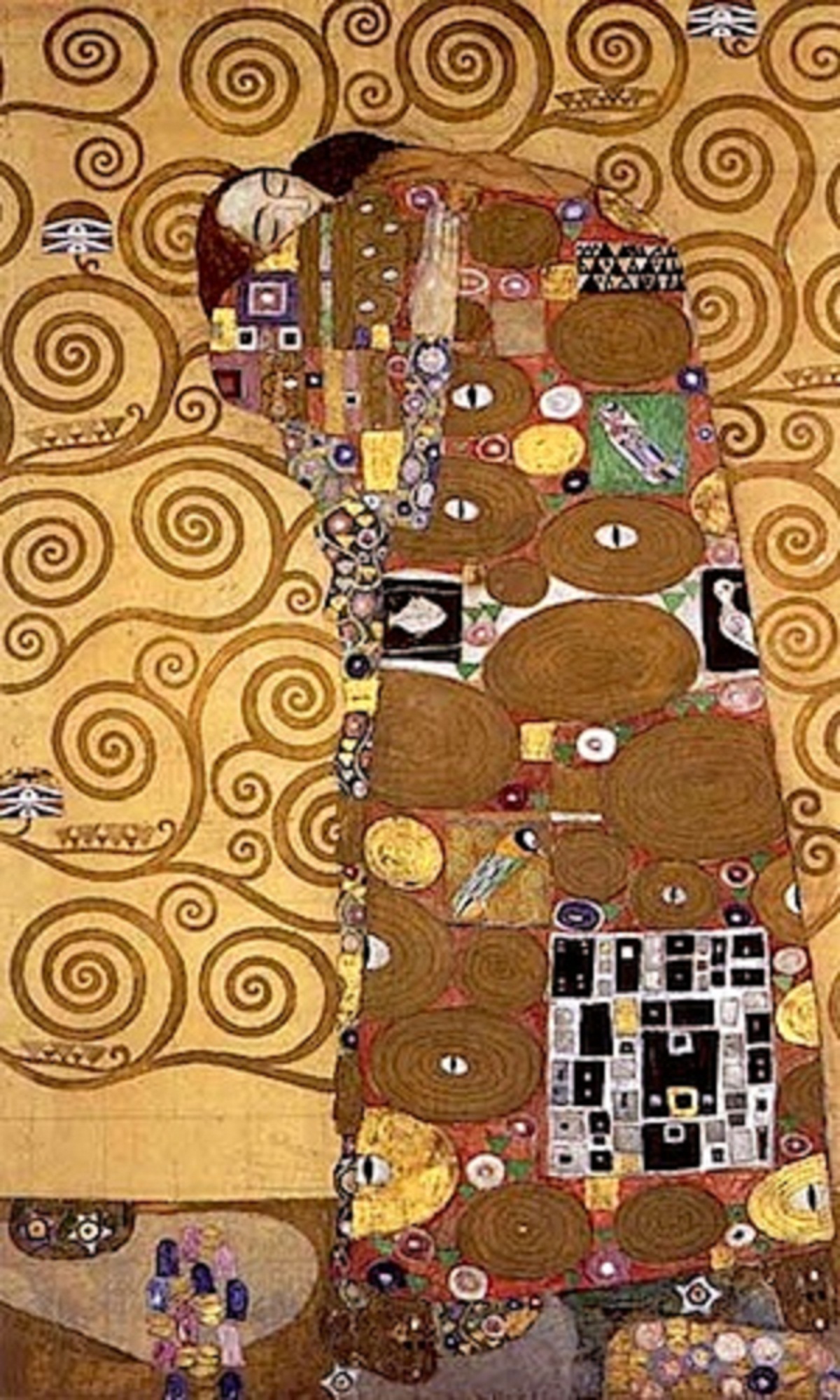
Design Principles and Elements: an aesthetic tapestry Look around you. Everything you see that is made by man is made by design. Our buildings, our transportation, our entertainment, the items we consume; everything is designed for a purpose. Some design is utilitarian, some is ergonomic, some informative, and a whole lot of design is aesthetic. Products are designed to please the eye and produce a reaction based on the "feel" the product evokes from the viewer/user. Artists do this every time a pencil is sharpened or a color is mixed. We are the designers. When you look through the catalog...
Categories: Watercolor Lessons , Beginner TechniquesPopular Compositional Themes As a pastime, watercolor legend Edgar Whitney inventoried and cataloged successful painting compositions. He weighed the primary visual masses by size and value as well as arrangement and came up with six visual themes that most successful paintings appear to fall into. As an aid for composing paintings, these themes were passed on to his students, including Tony Couch, who wrote about them in his book: Watecolor: You Can Do It!. What we have here are the symbols of first impressions of paintings. The vague shapes and values that first attract your eyes to interesting paintings have...
Categories: Watercolor Lessons , Beginner Techniques
Bands of Color This exercise is designed to hone your wash-laying skills in the form of single strokes of color laid down side by side in whatever pattern your first stroke takes. The object is to concentrate on the white line you are forming between each stroke. Try not to touch any previous strokes, keeping the white lines of unpainted paper unbroken. Mix several puddles of different colors on your watercolor palette. I used a round #10 red sable for most of this exercise. A round #4 red sable was used to add smaller variations in the gaps. A larger...
Categories: Watercolor Lessons , Preparing for Painting , Beginner Techniques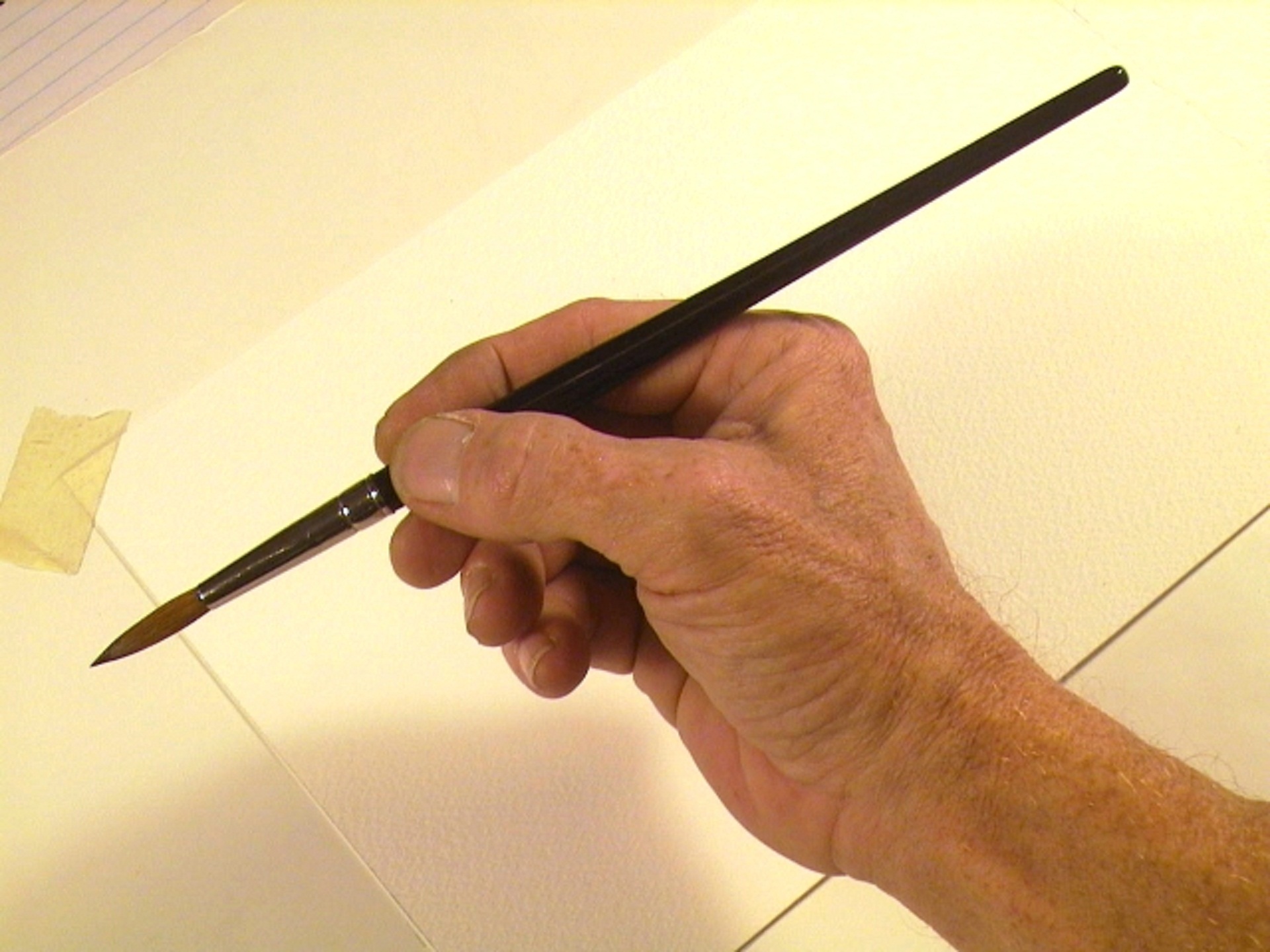
The Classic The Classic grip for holding a watercolor brush is much like the way you hold a pen or pencil for writing. The only difference being that you (for the most part) are gripping the brush further from the business end of things. Pick up your brush and grip the thickest part of the handle above the ferrulle—the body of the brush—and hold it like you are getting ready to write a letter. Remember writing? Weigh the brush in your hand, roll it with your fingers, find the balance of the brush in your grip. Since you are holding...
Categories: Watercolor Lessons , Preparing for Painting , Beginner Techniques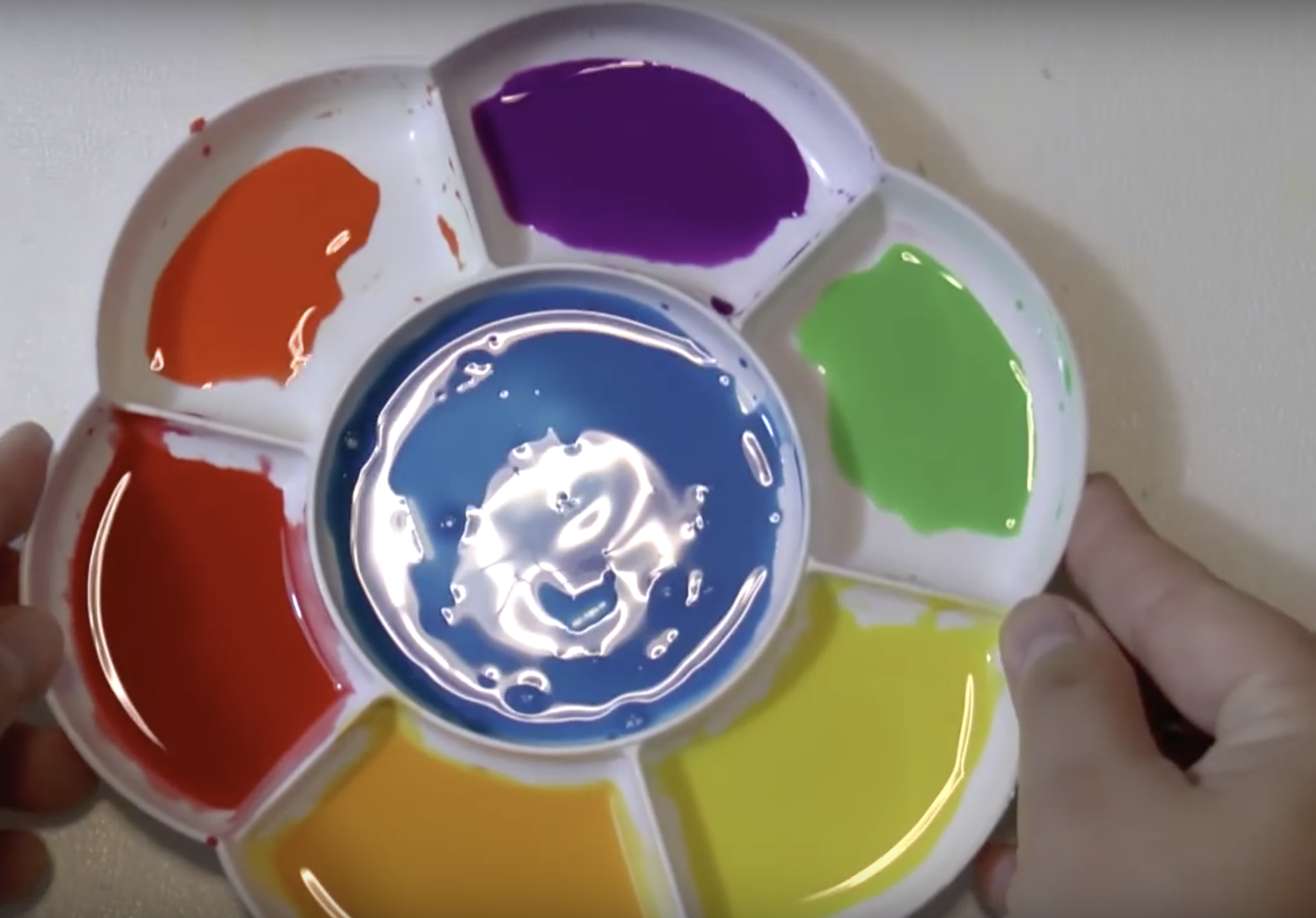
1. Brush If you can afford only one brush, buy a #8 round red sable watercolor brush. Otherwise buy the best synthetic or synthetic-blend brush you can find. Adding a round #4 and a 1" flat would come in handy for detail work and large washes. Most manufacturers have starter sets that contain very usable equivalents. 2. Paint Select a set of watercolor paints. The 12-color set shown below is a great deal. Most sets have a good selection of basic colors you'll need for transparent watercolor painting. Rarely use the white paint that is included in most cake or...
Categories: Watercolor Lessons , Preparing for Painting , Beginner Techniques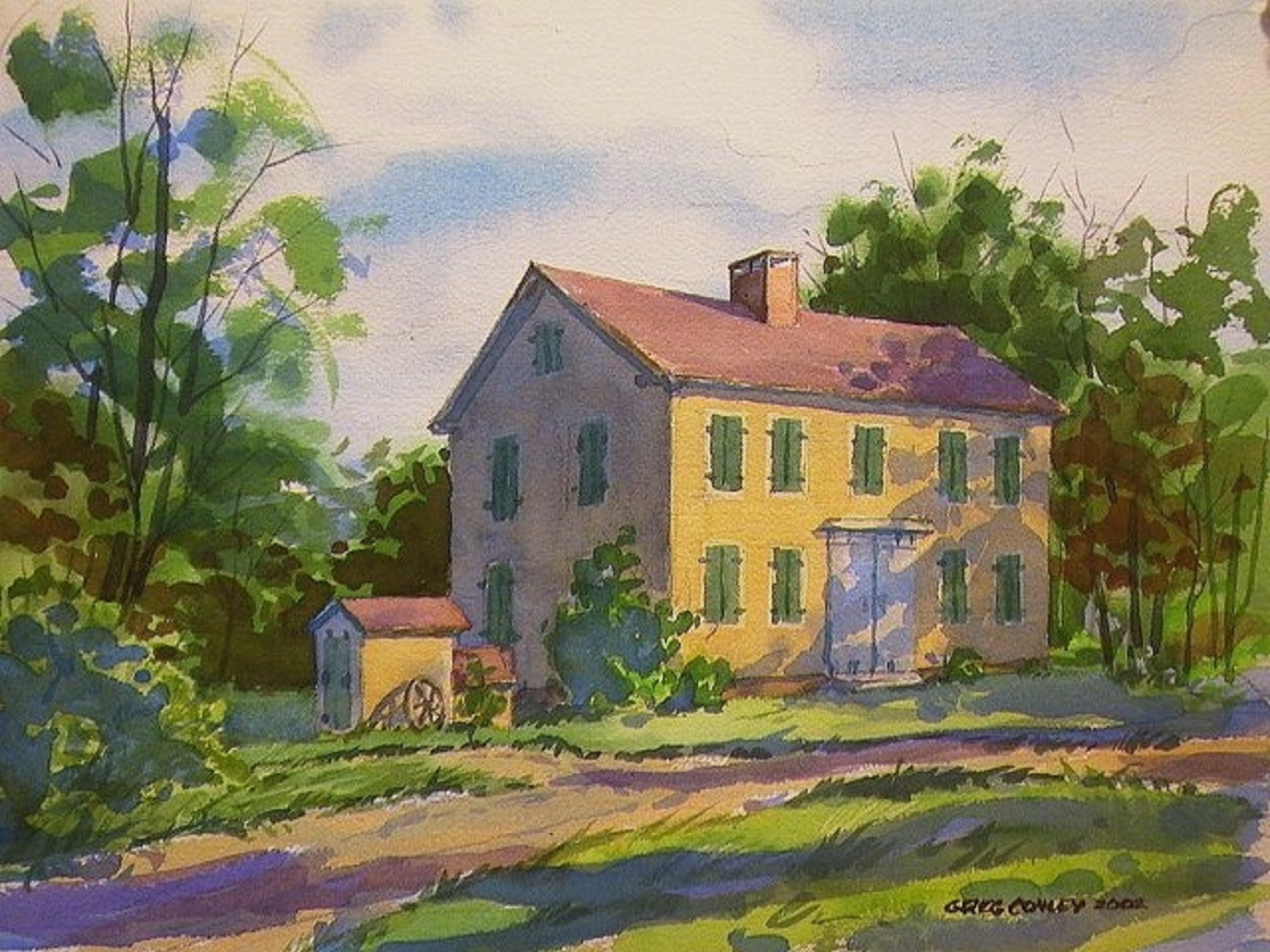
I remember spending a whole lot of my youth with my nose buried in art and watercolor painting books when I wasn't playing in the woods. I always seemed to learn more from step-by-step pictoral walk-throughs of paintings in progress than from reading descriptions of how to paint a particular subject or technique. Being rather old school, I watched John Gnagy on television, I read American Artist magazine and could not get enough of seeing how other artists were doing what they were doing. I grew up with the haunting dynamic realism of Andrew Wyeth versus the lyrical world-affirming characters,...
Categories: Step-By-Step Painting Ideas , Watercolor Lessons , Beginner Techniques


